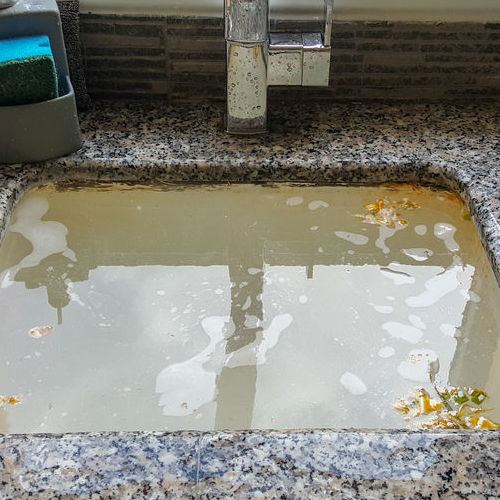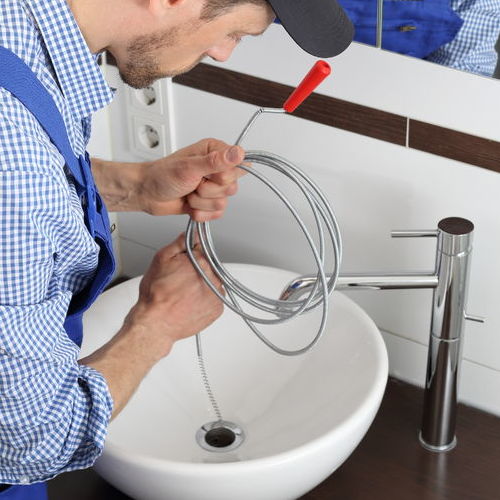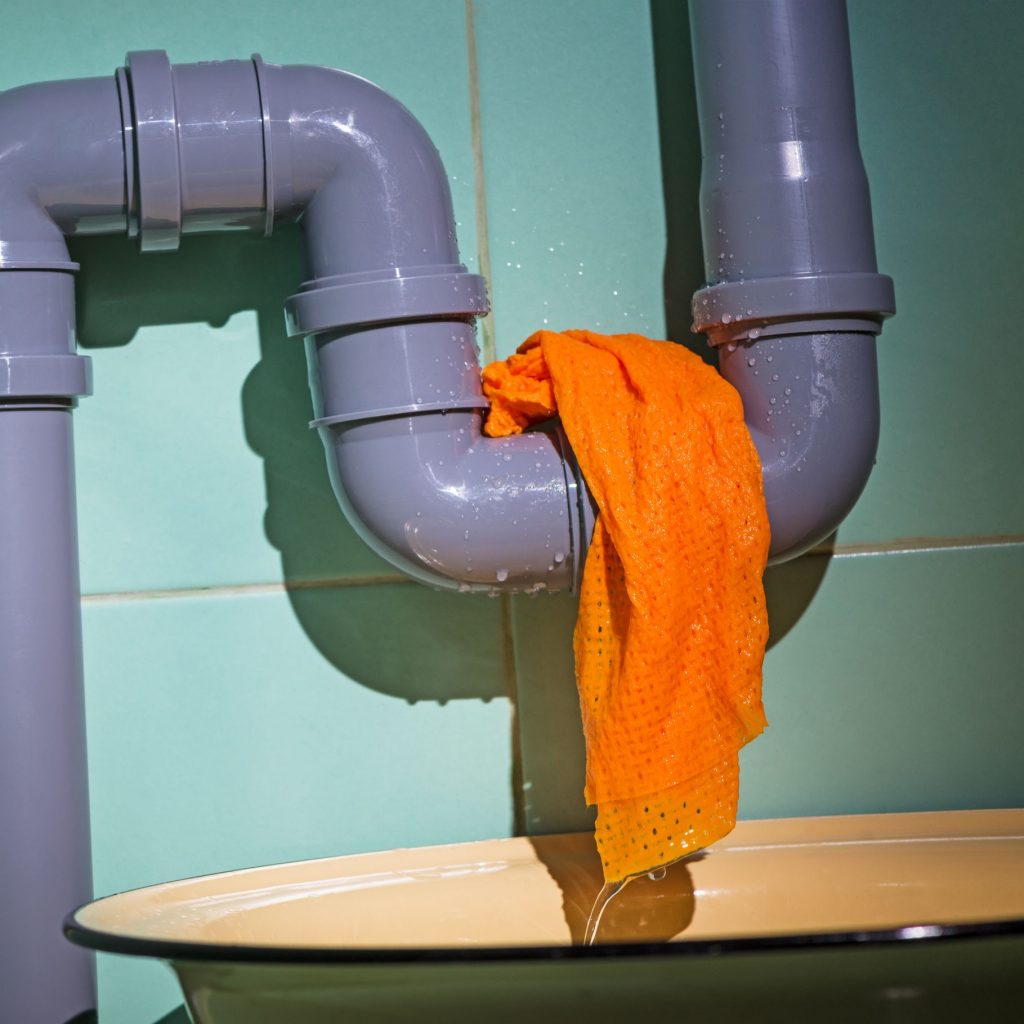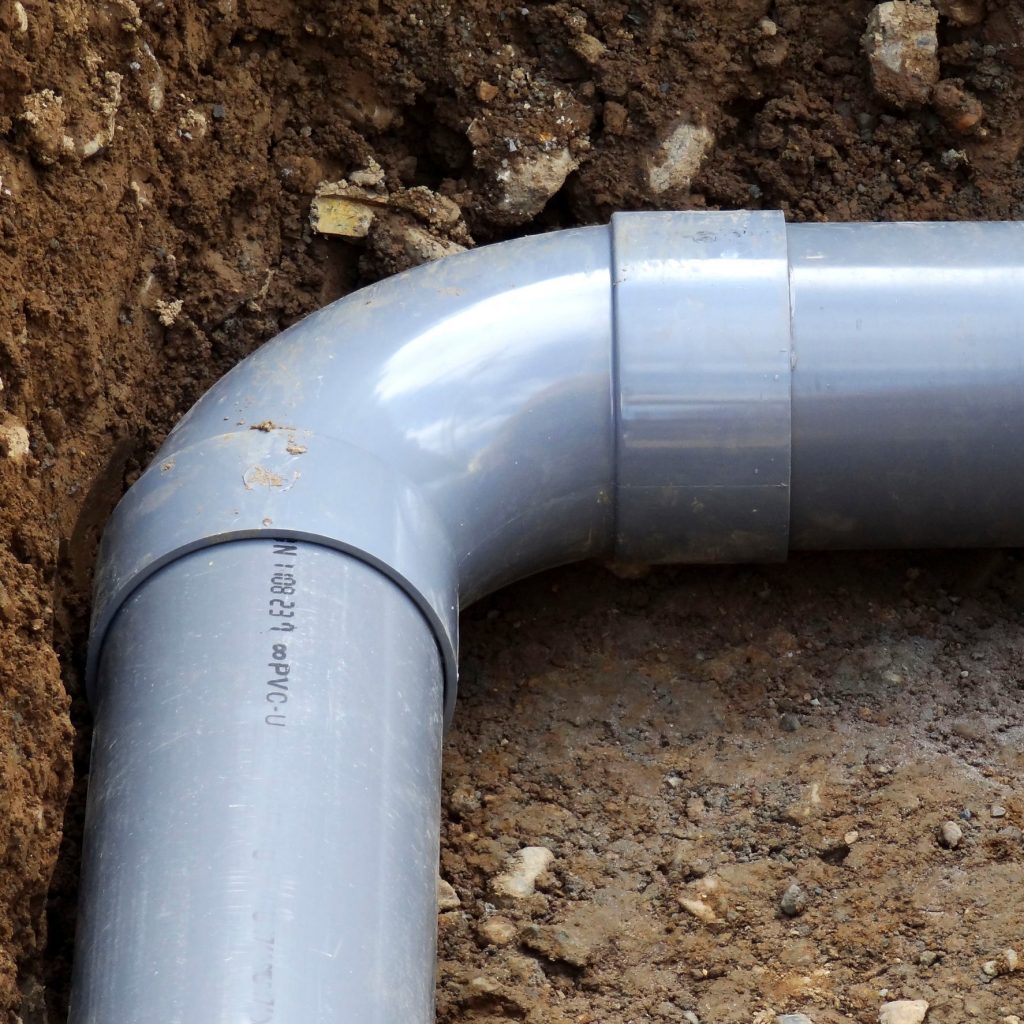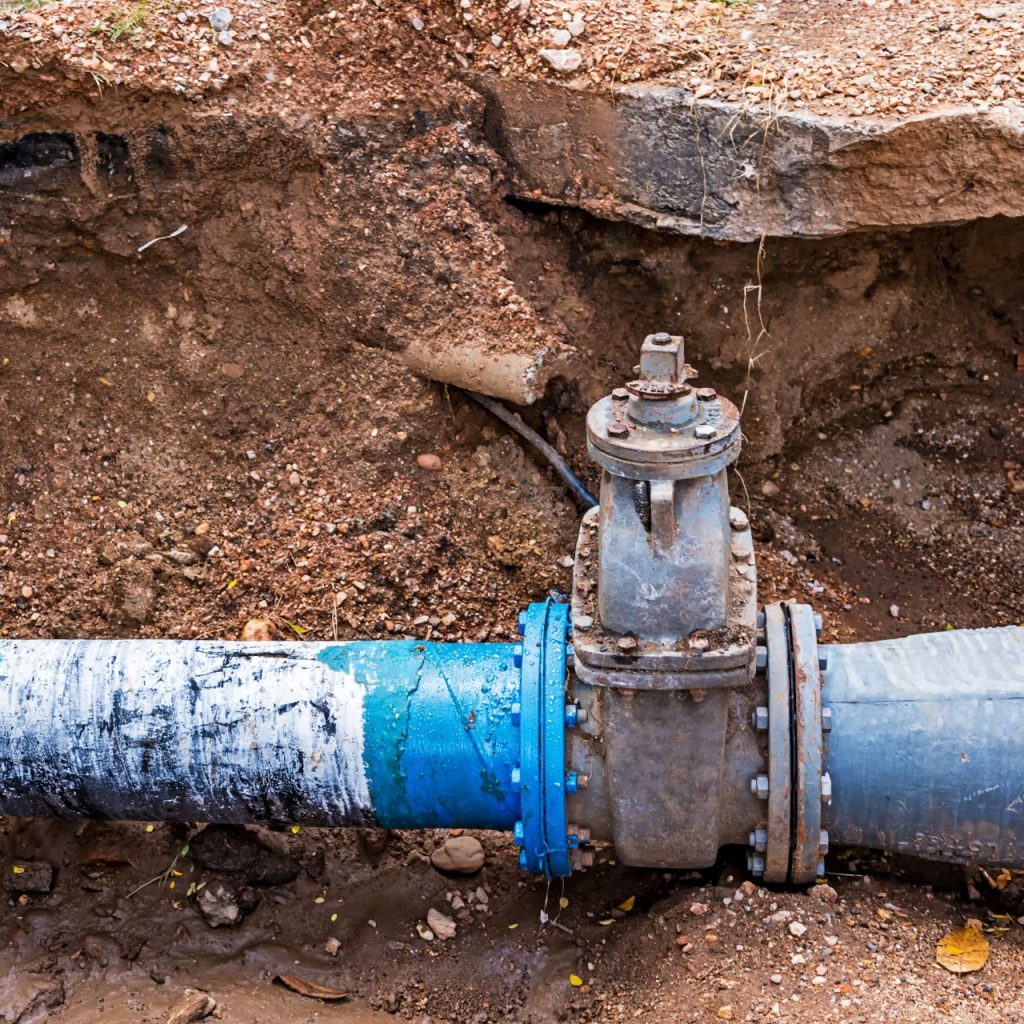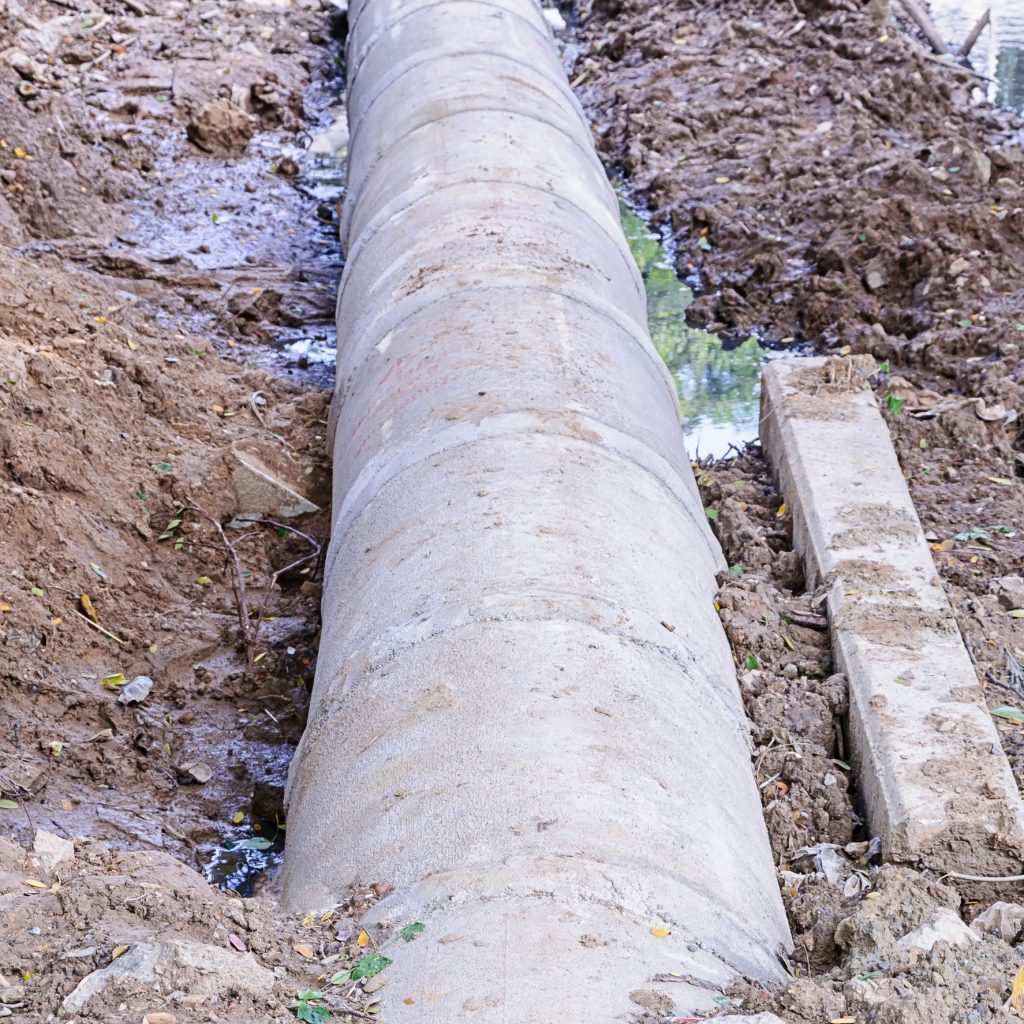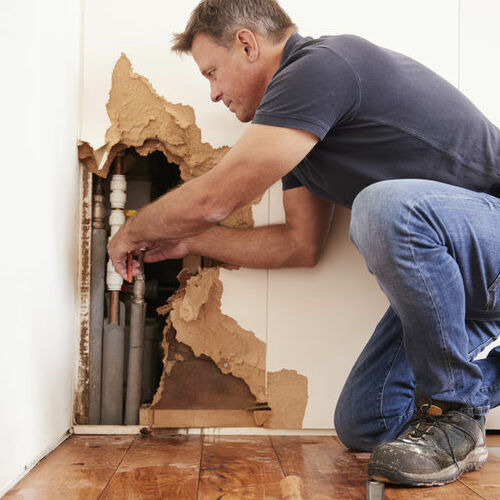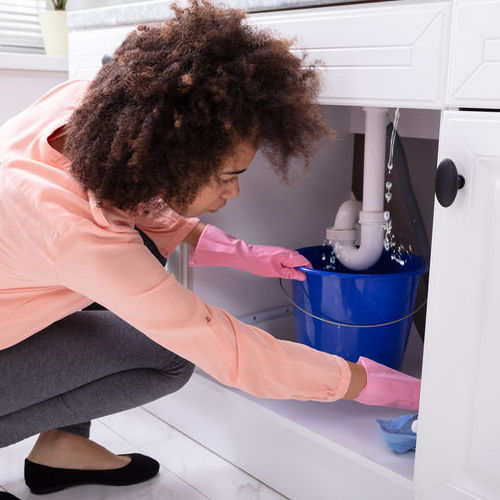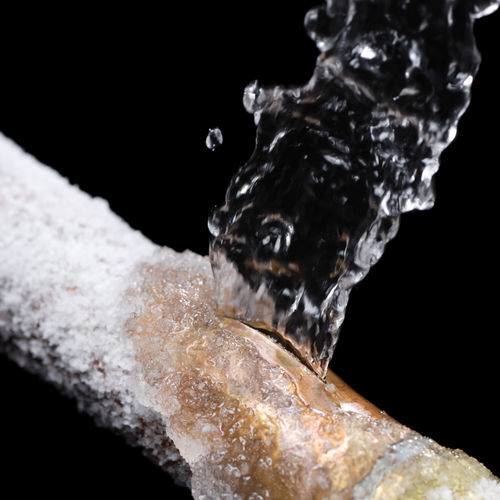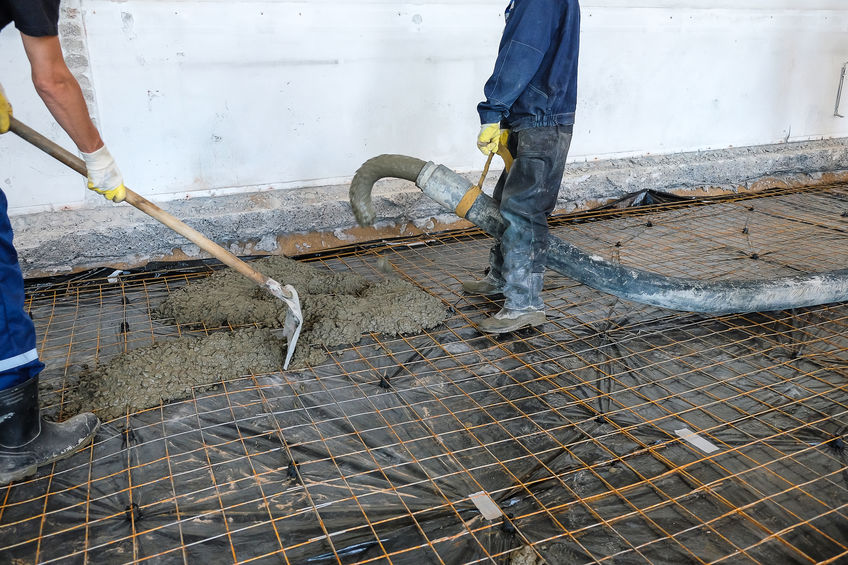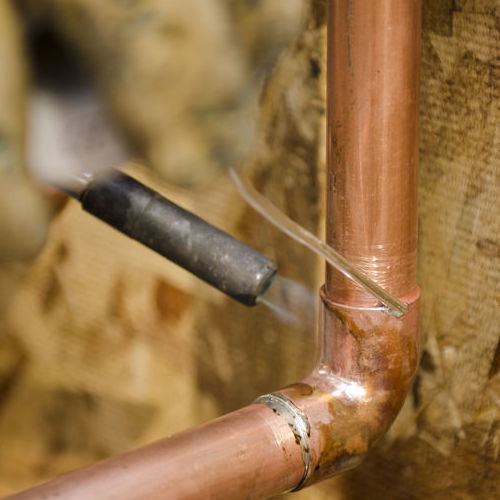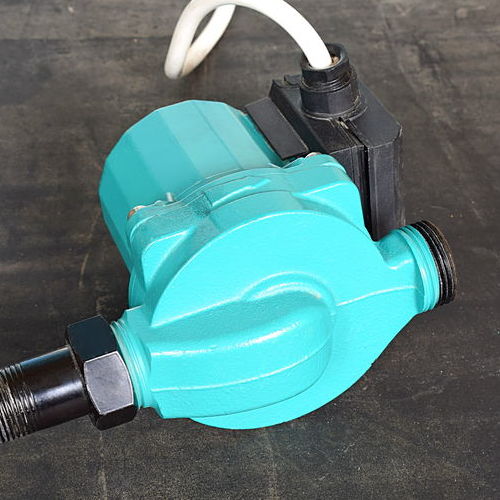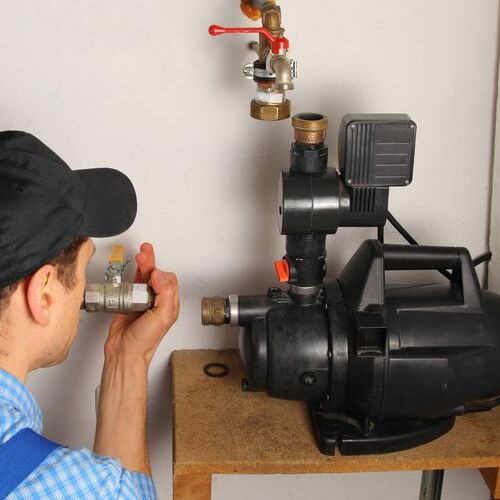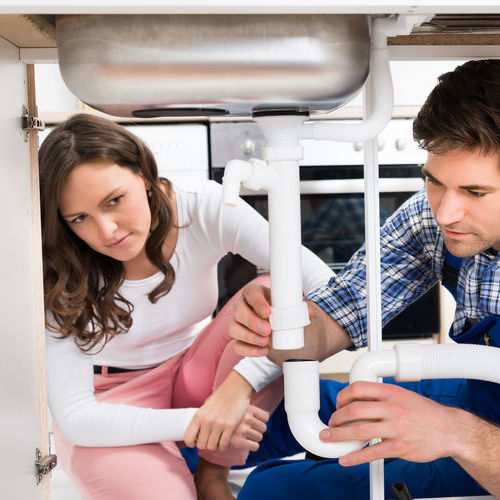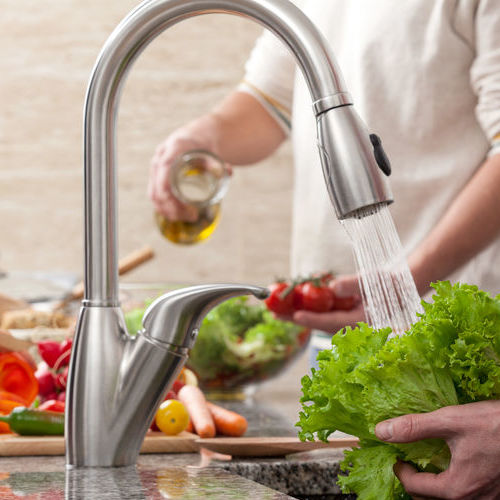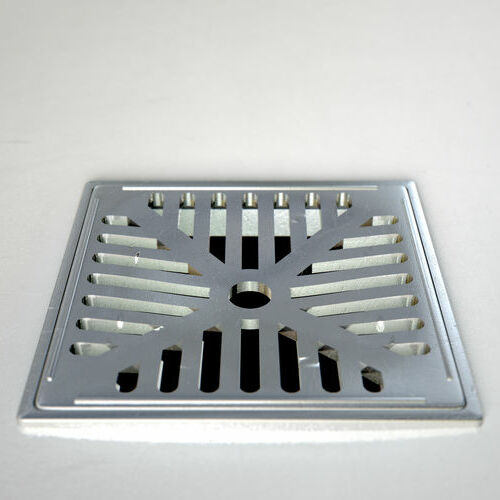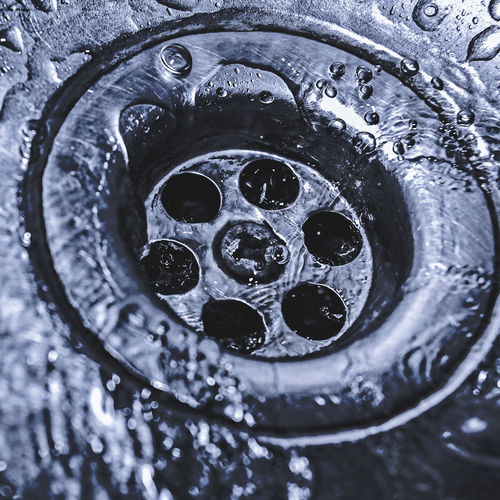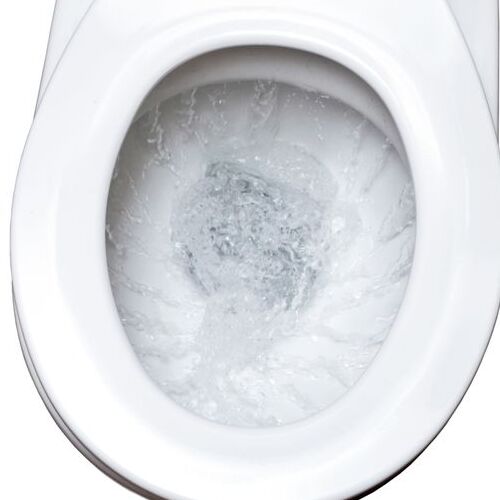
Can You Replace Your Own Toilet?
If you need to replace or install a new toilet, it will be very, very important to first contact a licensed and certified plumber. The reason why this is the case is due to the fact that you will need to have the necessary plumbing equipment, a few hours devoted exclusively to the process, and experience. The tools and materials that are needed include a new toilet, a replacement wax ring, rubber gloves, a hacksaw, a putty knife, adjustable wrenches, and more.
How Long Does it Take to Replace a Toilet?
Are you wondering how long it will take for your toilet to be replaced? The answer may surprise you. According to leading estimates, it takes approximately four to six hours. During this process, the old toilet will be removed, and the new toilet installed. There is a remarkable number of things that need to be addressed, with special importance placed upon the flange of the toilet.
Do All Toilets Fit the Same?
When it comes to toilet repair and installation it’s important for you to a little bit of research. For instance, one of the big questions that comes up is whether toilets fit the same. It is important to consider that most toilets have 12-inch rough-in. Less commonly, you will find a toilet with a ten or fourteen-inch rough-in measurement. That means that if you already have a ten or fourteen inches rough in toilet project, your toilet options will be more limited. It’s important to remember that when you are looking to replace your existing toilet that you will need to find and locate a toilet with the same measurements.
What Toilets Do Plumbers Recommend?
Are you wondering what the true plumbing experts recommend? When it comes to toilets, plumbers have a lot of knowledge and expertise to share. Please review the following list to find out what true plumbers recommend.
- 2.1 TOTO MS604114CEFG#11 Ultramax Eco One-piece Toilet with Sanagloss rises to the top of many plumber’s lists.
- 2.2 TOTO CST454CEFG#01 Drake II Toilet with Elongated Bowl is the Two-Piece top pick for many plumbers.
- The 2.3 KOHLER 3810-0 Santa Rosa comfort toilet is yet another very highly-ranked option.
Your local, certified, and insured plumber will have some options for your toilet replacement. It is best to listen to a professional when it comes to all of your plumbing services.
How Often Should You Replace Your Toilet?
Are you wondering what the average life expectancy of your toilet is? According to leading plumbing experts, you can expect your toilet to last anywhere from ten to fifteen years. With routine maintenance and cleaning, your toilet could last longer, however. With regard to your toilet seat, you may have to replace it with more frequency. That is because the longevity of toilet seats has declined due to the fact that plastic has been substituted for metal bolts.
What to Measure for Toilet Replacement
Are you wondering how to measure for your toilet replacement? Here are a few tips. If your existing toilet has four bolts, it will be important for you to measure to the center of the back bolts. This measure is known to plumbers as the rough-in measurement. If you have a standard toilet, the rough-in measurement should be between eleven and thirteen inches. It is important for you to keep this measurement handy when you are in the process of purchasing a new toilet.
Where to Find Measurement for Toilet Tank Lid
As mentioned previously, the normal range for the left to right of your toilet tank lid should be about 12 to 24”. Most tank lids will be anywhere between seventeen to twenty inches. The normal expected range for the front to the back should be six to twelve inches. Most tank lids measure seven to nine inches.
Where to Buy Replacement Toilet Seat
There are a number of different places for you to purchase a replacement toilet seat. These locations include home improvement stores, over the internet, and more. As a matter of fact, your local, qualified plumber will be able to discuss your options with you. They may be able to suggest brands or manufacturers for your size toilet.
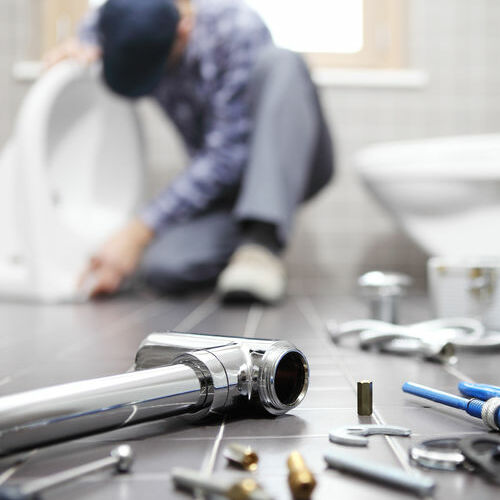
Replacement Toilet For Travel Trailer
If you need a replacement toilet for your travel trailer, it will be important for you to abide by the measurements of your existing toilet. It will also be critical for you to locate a responsible and certified plumber so that you can get the best plumbing services available.
If you need a toilet replacement in Fort Worth, TX, it’s important for you to know your options. Please feel free to reach out to us at 817-542-1980 for more information.

